Beware These Common Types of Fraud, Part 1
By Lynn Viesti Berube
All of the technological tools we have at our disposal today can offer numerous benefits in our day to day lives. We can make financial transactions on the go, connect with long-lost friends and learn just about anything that piques your curiosity. But with all the rewards of our modern technology, there are plenty of risks too. Our smartphones, computers and tablets have also had the unfortunate consequence of empowering con-artists like never before.
Just how bad is the epidemic? According to a Javelin Strategy & Research report, identity theft and fraud cost consumers more than $16 billion in 2016—a 16 percent increase from the previous year. In order to protect yourself, it is important that you know what kinds of scams are being perpetrated today.
Here are some of the most common types of fraud that you should be aware of:
Brute-force attack: This is a hacking method to find passwords. Using this method, a hacker will test every possible combination of characters until the correct one is found. Unfortunately, there are now tools which can automate this process, making it vital for you to develop a complex password and change it regularly.
Catfish: When someone creates a fake online profile with the intention of misleading you it is called catfishing. In order to prevent being catfished, don’t accept requests on social media sites from people you don’t recognize.
Drive-by download: If you visit a website that has already been compromised with a virus or malware, your device may download it simply by visiting the site too. This can occur without you downloading anything or opening up strange links.
Ghosting: Ghosting occurs when the identity of a deceased individual is used to fraudulently conduct financial transactions such as opening credit cards, applying for loans or procuring medical treatment.
Hash busters: Typically, spam is filtered out of your email inbox. But hash busters are spam emails that are loaded up with random words or sentences in order to trick your email service into letting it into your inbox. They may include viruses or malware, and if they’re sitting in your inbox they might appear more credible and lead you to open something you might otherwise not.
Keylogger: Keylogger programs are discretely downloaded onto victims’ computers so they can track the sequence of keys you type. This provides hackers with easier odds of figuring out your passwords and other credentials.
Malvertising: Malware can come disguised as an advertisement that you see on the side of a web page. To avoid getting tricked by malvertising schemes, be sure to go directly to the official website for any business with which you wish to do business.
With the great power of the technology we have at our disposal today comes great responsibility. If you don’t take the time to protect yourself, you may end up paying for it years down the road. To learn more ways to protect your assets, stop by any office of The Milford Bank in Milford or Stratford, or check out our Online Learning Center here. And be sure to check our blog for the conclusion to this series!


